It doesn't take a tactical genius to look at the map above to see that geography will not be on my side in this scenario. Much of the map is mountainous terrain, with only one lonely winding road linking the two groups of villages. I'll need to get SAS units up in those mountains to spot for the enemy, and a convoy organized to travel through the valley and set up a FOB (forward operating base) on the far side. Every unit can only carry a limited amount of fuel/rations into the field. This means that any forays by friendly units must either be short ranged, or directed towards a FOB where they can resupply and take shelter from insurgent ambushes. For the insurgents, the mountains represent their safe haven, where only a few of my units can reach them. My special forces units (the SAS boys) are able to stay in the field longer than regular infantry, and can set up observation posts from which they can spot insurgents scurrying about in the mountains. They will be the key to locating the enemy. Once spotted, helicopters, artillery, and air strikes will be brought to bear to wipe them out. A FOB on the western half of the map will allow me to keep my helicopters and SAS units supplied. A conventional ground force will be needed to establish and secure said FOB.
Before going on the offensive, I first want to send a small convoy out to visit the nearest village to the east, and then set up a FOB a little further down the road. Spreading FOB's all over the map is generally a good idea, as it gives you more places to park units and to extend your reach. You can also use SAS units to train Afghanistan National Army (ANA) units in each FOB. In a normal game of A'11, as the turns go by you are forced to gradually hand over security to the ANA, so the more troops you can train, the better. You can also train ANA helicopters, artillery, and APC's at your main base, which I will also be doing. We will need a lot of helicopters in order to overcome the difficult terrain here and sustain the SAS posts in the field without interruption.
The visit with the village elders goes well, and we are given the location of a poppy field on the far side of the map. Taking this out will net us some political points, and weaken the Taliban. The only problem is that the field is much too far away to reach on the ground until we have a FOB over there. Luckily, we have helicopters on tap. Unfortunately, a couple of Taliban units pop up and damage our mine-detecting unit at the head of the convoy on the next turn. Without its ability to detect and destroy IED's, any road trip into uncontrolled territory will almost certainly meet disaster. The convoy is recalled back to HQ to repair.
While my first mine detector is in the shop, the second is sent down the road to the west, in an attempt to clear the first section of the road for follow-on forces in the next turn. The unit is also ambushed by insurgents and damaged. It seems the enemy is not hiding, but is aggressively operating right outside my main base. A drone is called in (you can have one on the map at a time) to recon the area. Three militant units are spotted and our available firepower is directed at them. Artillery and infantry from HQ, and an airstrike (an ability that can hit anywhere on the map, but has a long cool down) are used to knock out one of the enemy detachments and send the others fleeing. It seems we will need to clear out the immediate area before making a run to the west. To this end, I deploy a couple of SAS units into the nearby mountains.
Helicopters are not completely immune to insurgent forces, but they don't have to worry about IED's or terrain, making them critically important in A'11. Despite the rocky start to the ground campaign, the Royal Marines of Charlie Company are airlifted across the map to that poppy field that the villagers told us about. Destroying it should slow the flow of new Taliban units, and rewards us with 1000 political points, which is quite helpful as I've overextended a bit and almost run out. Without a nearby FOB established, the Marines hop aboard their helicopter for a ride back to HQ.
(Apologies for some of these images being far too bright. From what I gather, there is some kind of shader issue right now which causes this to happen The developers are working on it.)
A couple of turns later, my second attempt at a western bound convoy is more successful. As you can see above, the vehicles have almost reached the key crossroads on the western half of the map. However, they are still a couple of turns away from safety, and end this turn in a highly vulnerable position sandwiched between two mountain ridges. From the message log, you can see how important sweeping for IED's is in this game. Three were eliminated on this turn alone. The insurgents will come back by and try to place more IED's all the time. Areas under direct observation are safe, but even a recently traveled road cannot be trusted if it was out of your sight for just a turn or two.
Back to the east, the Taliban presence is still strong. I was able to establish a waterworks at the nearby village (which makes them happy and nets you political points each turn) but my convoy was once again forced to retreat to safety before establishing a FOB. Pushing out in this direction will require some firepower. Luckily for me, a special event fired which gave me TWO Apache gunships for free. These are some of your most potent offensive weapons in the game, but come with a hefty price tag. Getting two for free is a real boost, and I set them to work immediately. The Apaches can engage the enemy from long range, don't have to worry about terrain, and have a decent chance of destroying an insurgent unit in one hit. These enemy units are also in range of my artillery, and it gives them a good reason to run back to Pakistan.
Ten turns in, let's take stock of the overall strategic picture. So far, I haven't accomplished much, but the framework is there. I have SAS units monitoring the mountains to the north, my convoy safely arrived in the west, and the local area around HQ is now secure. I've also won over the neighboring village and made visits to a couple of others. All that said, there are still a lot of insurgent units on the board, plus more that I can't see.
Visiting villages is an important part of the game, as it helps increase your H&M score, and occasionally gives you the location of an enemy unit, IED, or poppy field. This intelligence isn't always available however. Villages with little campfires burning are more likely to give you info, and so you want to visit them ASAP. In the original game these fires would stay lit until you came by, but in the Royal Marines DLC, they will go out soon if you do not make a visit. I like this change, as it adds some urgency to this aspect of the game, and forces you to be more flexible.
On the next turn, a sandstorm blows in. This limits movement for all of my units and I have recall some helicopters back to HQ before they can complete their assignments. Fortunately for my western convoy, they are able to get the FOB built, and take shelter within it. Nature can at times be a greater obstacle than the enemy.
As the sandstorm clears, my western FOB gets to work. The minesweeper heads out to clear IED's from the nearby roads, and the Marines visit the village. My construction vehicle is also dispatched to build a water works there. All of these actions draw the local villages to the coalition side, making things easier for me, and satisfying the second victory condition for this scenario. My next step here will be to try and win over the village to the north. It isn't very far away, and is along the road. The village to the south is irrelevant at this point, as it is too remote to commit my limited resources towards. Sorry, folks!
Zooming back out, you can see that I now have a FOB in the east and west. The HQ area looks clear, but out west we have a swarm of insurgents and IED's to deal with. I've also lost the village in the NE corner of the map to the militants. Winning them back may be difficult due to their location far away from my primary objective. For now I'll focus on eliminated the enemy from that area. Additional units are dispatched west now that they can operate out of the FOB.
At the western FOB, the fighting gets intense as several more Taliban units pop up. My SAS men are there to spot them, and once again heavy firepower is brought to bear. One Apache arrives to help the outpost, and an artillery unit will be airlifted over soon. Artillery units in FOB's require a lot more attention than they do at the HQ. A dedicated artillery expansion must be built for the FOB, and ammunition must be brought in by supply trucks or helicopters on a regular basis. For this mission, supply trucks are simply not an option. My helicopters continue to do logistics work, bringing rations to the SAS units in the field, and supplies to the critical western outpost.
On turn 16, things are looking good, but we still have our work cut out for us. The eastern FOB is busy fighting off Taliban reinforcements coming over from Pakistan. This is exactly what I want, but continues to tie down one of my Apaches. In the west, the enemy has been beaten back from the FOB, but still has a presence scattered around the objective area. Fortunately for me, I now have a nearly complete net of SAS observers gradually moving west and sweeping the area. Each time an enemy is spotted, artillery and helicopters operating out of the FOB are called up to eliminate them.
A couple of turns later, and the strategic picture is looking excellent. The enemy has been eliminated from most of the map, I have eyes in the field able to stop any new units from entering the objective zone, and a convoy headed out of the western FOB on its way to make nice with that northern village. A couple more poppy fields were found and eliminated, giving me a massive advantage in resources. Things are looking good!
Things are going even better than I thought, as on the next turn my Apache gunship takes out this final Taliban unit in the objective zone, fulfilling that part of the mission. As you can see, my Hearts and Minds score is now at 66, well above the required 55 for the scenario, and my political points are maxed out. All and all, a very good operation for the coalition despite some early stumbles. I call the mission a win, even though it doesn't actually end on the next turn. One thing I don't like about the campaigns in A'11 and this expansion, is that sometimes you are forced to play the scenarios out to the full 60 turns of a standard random map, despite completing the assigned objectives of the scenario. In this case, I've completely taken over the map and won over the villagers. Continuing to play would simply involve clicking end turn and smoking any insurgent unit silly enough to wander into range. Not too exciting, so I call it win and pack things up. In a full standard match, part of the challenge is that you must hand over control to the ANA gradually over time. At the end, the ANA must stand alone against the insurgents. In that case, it makes sense to play out to 60 turns, since that is part of the experience. Here though, it doesn't really gel with the idea of specific set of goals based on a relatively short real world operation.
That ends the AAR, but I have a couple more points to make for the review. Several other changes come with the DLC that I haven't mentioned so far. One significant addition, which didn't make an appearance in this scenario, is the inclusion of civilian traffic along the roads. And yes, as you might guess, this traffic can be used by the Taliban to send suicide car bombs right up to your units. In order to screen this traffic, you can now build roadblocks wherever you see fit. In order to help balance things out, and add some immersion to the game, you can now also get Afghan police units. You earn these by winning over villages to the coalition. This all adds yet another layer to the intricate dance of logistics and planning that is Afghanistan '11. Much like in the real conflict, engaging with and destroying the enemy is the easy part. Building up the infrastructure that will allow you to lock down an area and keep the insurgents out is the difficult part.
If you enjoyed the base game, it's safe to say that you will enjoy the Royal Marines add on. With new missions, new strategies, and new units to play with, there's plenty here to explore. Especially for the very reasonable price of $10, you really can't go wrong.
Afghanistan '11 and the Royal Marines DLC are available directly from Matrix/Slitherine or on Steam.
- Joe Beard
P.S. - I hope you enjoyed the AAR. I plan to do some full fledged ones soon, so this was a bit of trial run.






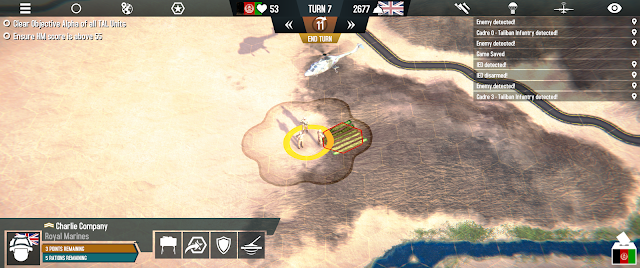







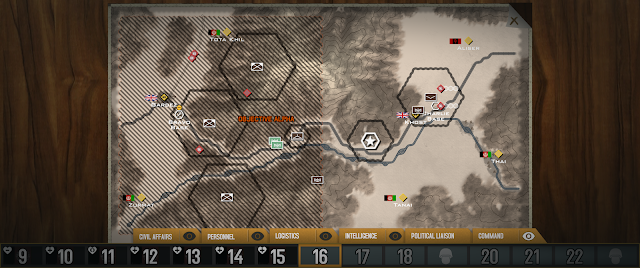
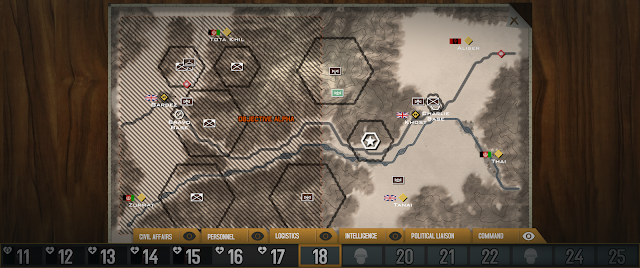


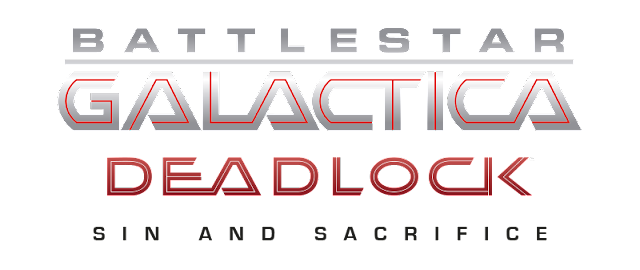

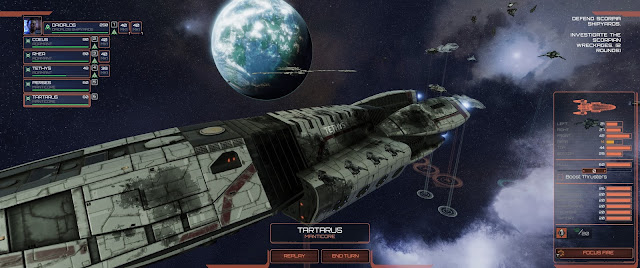
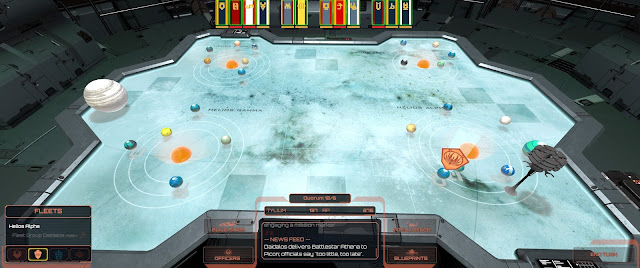
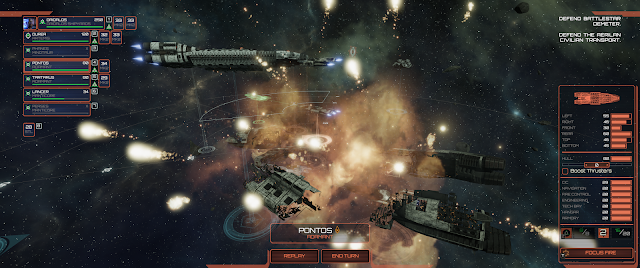







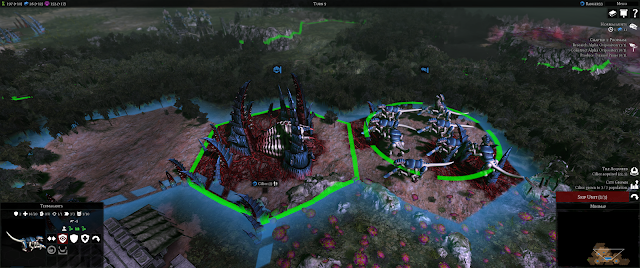






















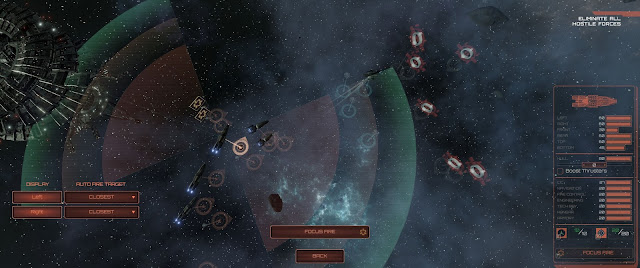



Follow Us